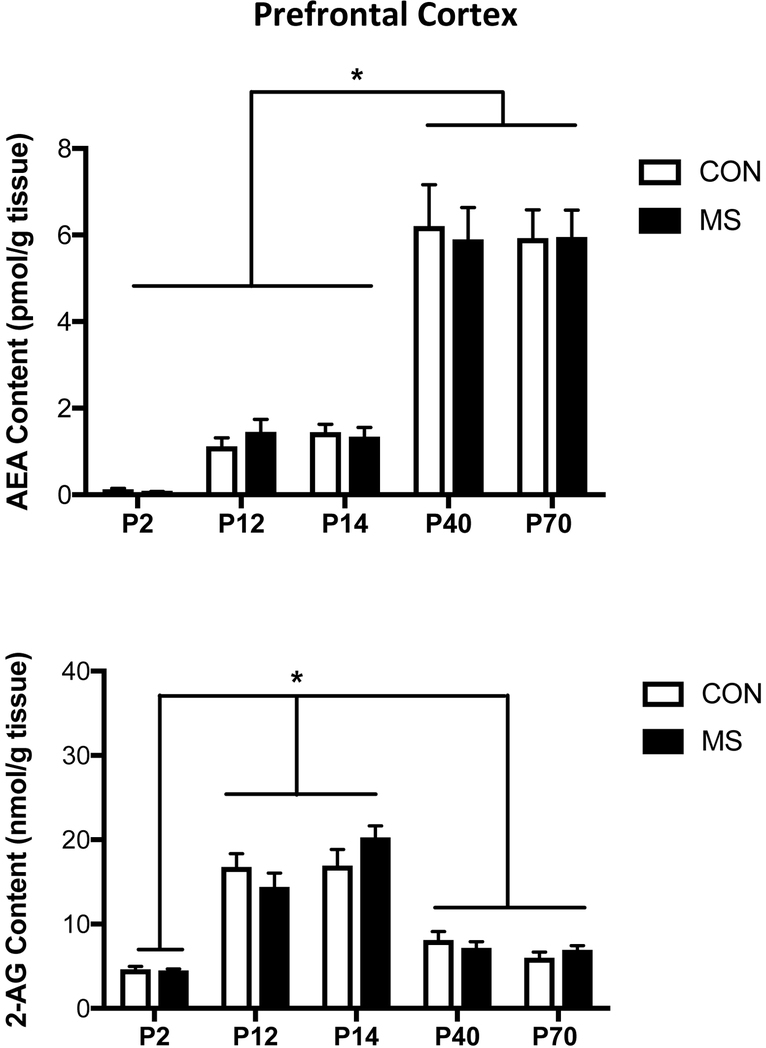Figure 1. The Effect of Maternal Separation Stress on the Developmental Trajectory of the Endocannabinoid Contents in the Prefrontal Cortex.
Tissue content of the endocannabinoid anandamide (AEA; upper panel) is found to elevate in the prefrontal cortex (PFC) at postnatal day (PND) 40 and 70 relative to PND 2, 12 and 14. This developmental change was uninfluenced by exposure to 3 hours of maternal separation (MS) stress per day from PND 2-11. 2-arachidonoylglycerol (2-AG; lower panel), the other primary endocannabinoid molecule, exhibited a different developmental trajectory where it was found to be significantly higher at PND 12 and 14 relative to both PND 2 as well as PND 40 and 70. Again, there was no influence of MS stress on PFC levels of 2-AG at any age, relative to control (CON) animals. Data are presented as means +/− SEM. * denotes significant differences (p < .05) between identified age windows. All n = 7-8 / treatment condition.

